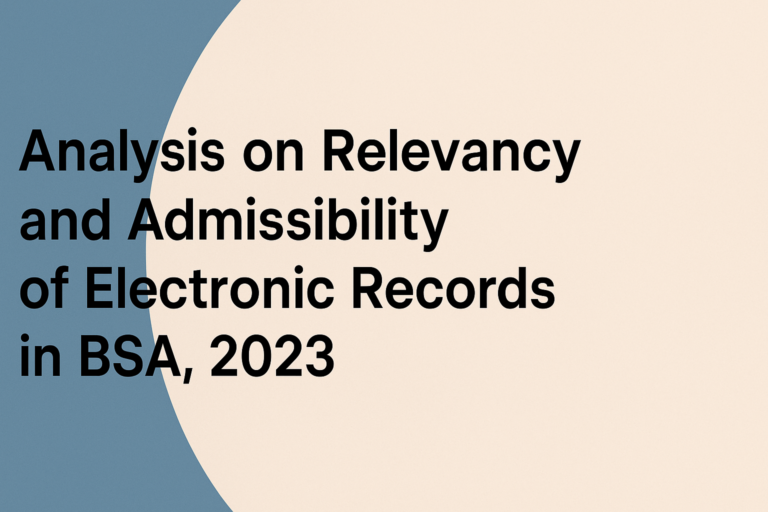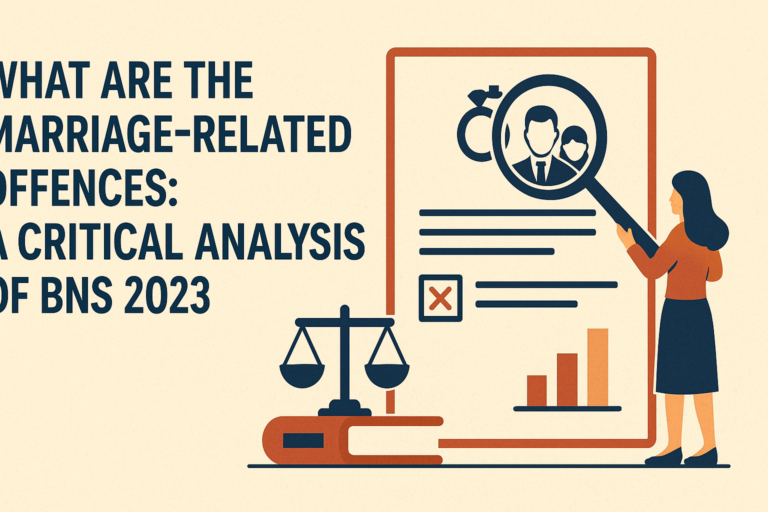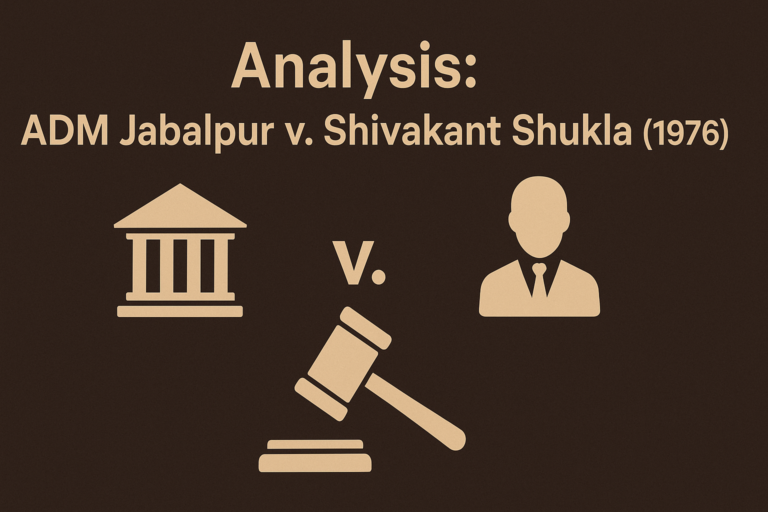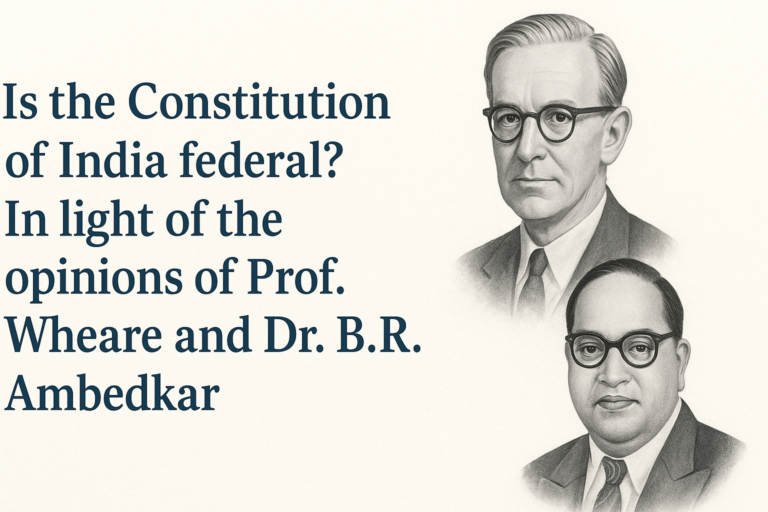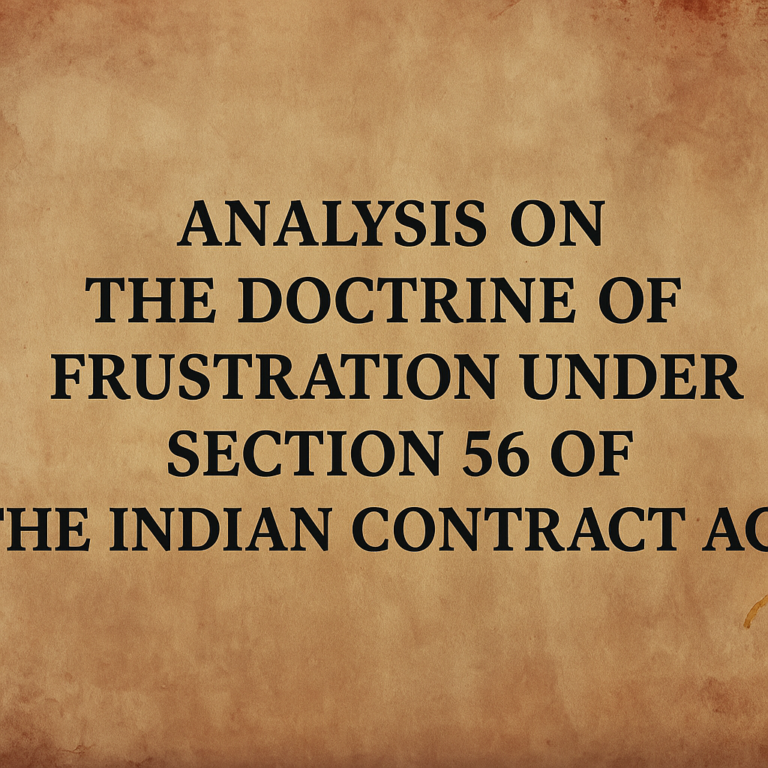
This article has been written by Taniya Mahanti a second-year law student at UPES.

Introduction
The Bharatiya Sakshya Bill 2023 (BSB) marks a significant moment in Indian legal history. Aiming to replace the 150-year-old Indian Evidence Act, 1872 (IEA), the BSB proposes a comprehensive reform of evidence law, potentially impacting the way courts adjudicate disputes. While the Bill has been assented to by the President, its implementation awaits notification by the Central Government. This article delves into the character and relevance of the BSB, examining its key features, potential impacts, and ongoing debates.
The Historic Evolution of the Bharatiya Sakshya Act, 2023: A Journey of Reform
The Bharatiya Sakshya Act (BSA) 2023 marks a significant milestone in the history of Indian legal evidence laws. This Act replaces the Indian Evidence Act (IEA) 1872, a colonial-era legislation long considered outdated and unable to address the complexities of modern evidence. Understanding the historical evolution of the BSA requires tracing its journey from the limitations of the IEA to its current form.
The Legacy of the Indian Evidence Act, 1872:
The IEA, drafted in 1872 during British rule, reflected the legal and evidentiary principles of that era. While it played a crucial role in establishing a framework for evidence in India, its limitations became increasingly apparent over time:
- Outdated Concepts: The IEA’s definitions and procedures did not adapt to the changing societal landscape and technological advancements.
- Limited Scope: The Act primarily focused on physical evidence, failing to adequately address emerging forms like electronic records.
- Rigidity: The IEA’s rigid procedures often caused delays and hampered smooth functioning of the justice system.
Demands for Reform:
Recognizing these limitations, calls for reforming the IEA emerged over several decades. Key factors driving this demand included:
- Technological Advancements: The rise of digital technologies and electronic records necessitated a legal framework that could effectively handle them as evidence.
- Evolving Societal Norms: Changes in social attitudes and understanding of witness protection, privileges, and admissibility standards highlighted the need for updates.
- Inefficiencies and Backlogs: The rigid procedures of the IEA were seen as contributing to delays and backlogs in the justice system.
The Journey to the BSA:
Several attempts at reforming the IEA were made over the years, including:
- Law Commission Reports: The Law Commission of India submitted various reports recommending changes to the IEA, starting in 1987.
- Model Evidence Act, 2000: This model legislation served as a blueprint for possible reforms, incorporating modern evidence concepts.
- The Indian Evidence Bill, 2011: This bill, drafted based on the Model Evidence Act, was introduced in Parliament but not enacted.
The Bharatiya Sakshya Bill, 2023:
Building upon previous efforts, the Bharatiya Sakshya Bill, 2023, was introduced in Parliament in December 2023. This bill incorporated key recommendations from past reports and addressed identified limitations of the IEA. After debate and amendments, the bill was passed and enacted as the BSA 2023.
Key Features of the BSA:
The BSA introduces several key changes compared to the IEA, including:
- Expanded definition of “evidence” to include electronic records as primary evidence.
- Streamlined procedures for witness examination and admissibility of evidence.
- Enhanced witness protection measures.
- Recognition of technological advancements like digital forensics.
Character of the BSB:
- Codification and Consolidation: The BSB consolidates existing evidence law scattered across various statutes and judicial pronouncements into a single, unified code. This aims to enhance clarity, accessibility, and consistency in application.
- Retention of Core Principles: The BSB retains many fundamental principles established by the IEA, such as relevance, admissibility, and burden of proof. This ensures continuity and avoids major disruptions in legal practice.
- Modernization and Adaptation: The BSB addresses the limitations of the IEA by incorporating developments in technology, social norms, and legal jurisprudence. Key changes include:
Recognizing electronic records as primary evidence, reflecting their growing importance.
- Expanding the scope of expert witnesses and their role in presenting technical evidence.
- Streamlining procedures for witness examination and cross-examination.
- Enhancing protections for vulnerable witnesses, particularly children and victims of sexual offenses.
Relevance and Potential Impacts:
- Streamlined Adjudication: The BSB’s clear and concise provisions can expedite court proceedings by simplifying the presentation and evaluation of evidence. This could lead to faster resolution of disputes and reduced litigation costs.
- Enhanced Fairness: The BSB’s emphasis on witness protection and procedural safeguards can contribute to fairer trials, particularly for vulnerable individuals. Additionally, the recognition of diverse forms of evidence offers more avenues for parties to present their case effectively.
- Adapting to Technological Advancements: The BSB’s recognition of electronic records as primary evidence aligns with the increasing reliance on digital information in legal proceedings. This ensures courts have the tools to evaluate modern forms of evidence effectively.
Ongoing Debates and Future Considerations:
Despite its potential benefits, the BSB has been subject to debates and criticisms. Some argue that certain provisions, such as those related to spousal privilege or admissibility of character evidence, require further refinement. Additionally, concerns exist regarding the potential for misuse of electronic evidence and the adequacy of safeguards.
Despite its progressive intentions, the BSA raises some concerns:
- Privacy Implications: Witness protection measures, while necessary, raise questions about potential for misuse and balancing rights of accused individuals.
- Electronic Evidence Authentication: Streamlining electronic evidence admissibility necessitates robust frameworks to ensure authenticity and prevent manipulation, requiring careful implementation.
- Balancing Interests: Certain provisions, like spousal testimony, require careful consideration to ensure they don’t compromise core legal principles like privilege and fairness.
Moving forward, it is crucial to ensure the BSB’s effective implementation through:
- Comprehensive training programs for legal professionals.
- Development of robust mechanisms for authentication and verification of electronic evidence.
- Continued public discourse and critical engagement with the law’s implications.
BIBLIOGRAPHY –
- Bharatiya Sakshya Act, 2023 (No. 47 of 2023)
- Indian Evidence Act, 1872 (1 of 1872)
- Law Commission of India, “Report on the Indian Evidence Act, 1872” (1987)
- Law Commission of India, “Model Evidence Act, 2000”
- PRS Legislative Research. “The Bharatiya Sakshya Bill, 2023”. Retrieved from https://prsindia.org/billtrack/the-bharatiya-sakshya-bill-2023
- LiveLaw. “The Bharatiya Sakshya Bill, 2023”. Retrieved from https://prsindia.org/billtrack/the-bharatiya-sakshya-bill-2023


